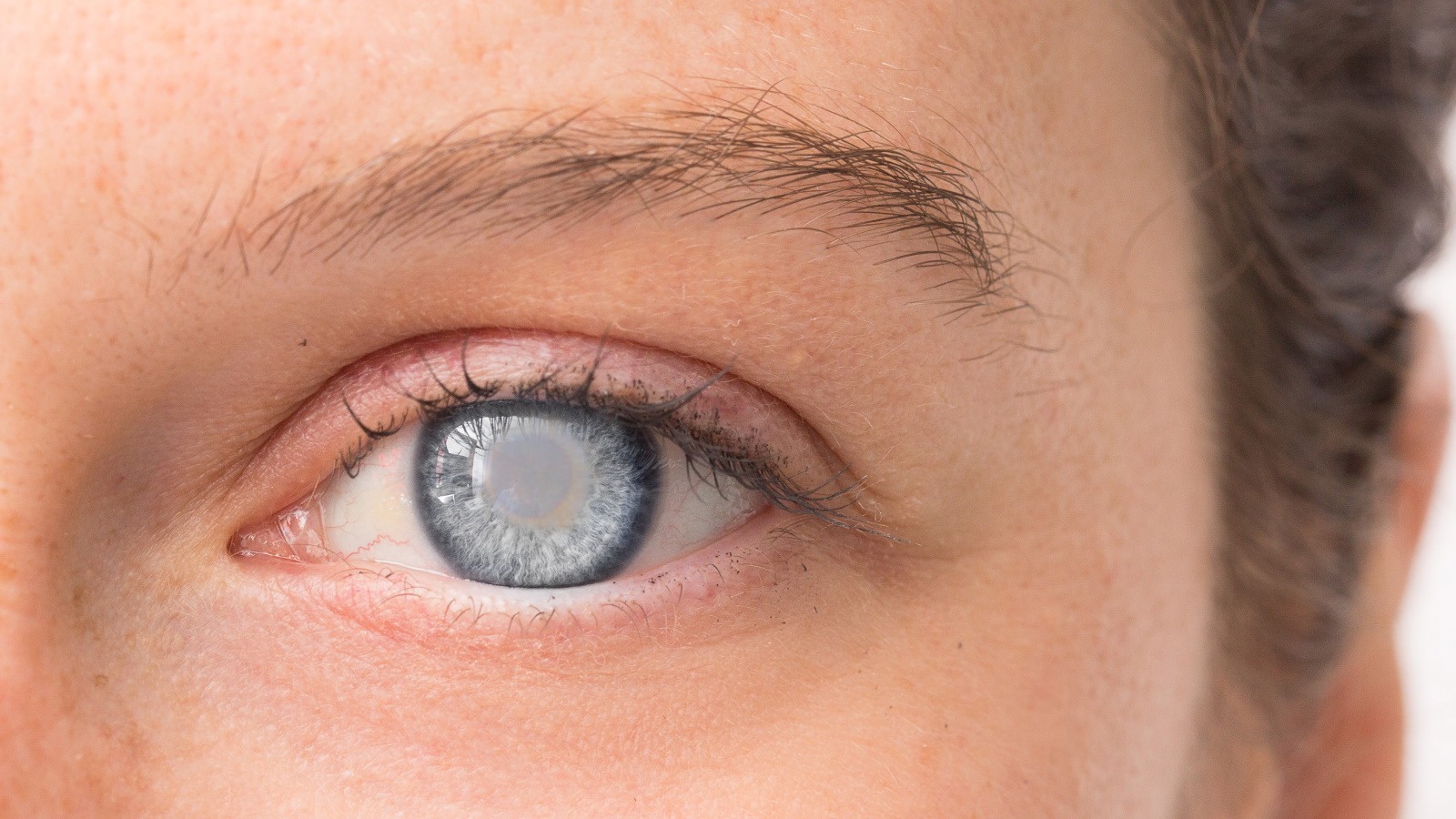How to Identify Glaucoma in the Early Stages

Glaucoma occurs when fluid builds up along the front part of the eye, damaging the optic nerve and increasing pressure in the eye. As the leading cause of blindness, glaucoma occurs in two forms. The first form, open-angle glaucoma, happens gradually and doesn’t cause pain at first. It occurs when the eye isn’t able to drain fluid as well as it should, similar to a drain. The more severe kind, closed-angle glaucoma, occurs in a quick recession due to the inability to drain fluid from the drainage angle of the eye. When this part of the eye becomes completely blocked, fluid can build up rapidly, and if not treated, can cause an acute eye attack, which is considered to be an emergency.
For those with glaucoma, most often, the symptoms develop slowly. However, developing early testing for glaucoma has been a difficult process for optometrists because of the way the symptoms develop. Normally, those who have clear signs of developing glaucoma, specifically closed-angle glaucoma include:
- Severe pain in the eye/forehead
- Redness in the eye
- Decreased/blurry vision
- Halos/Rainbows in the eye
- Headaches
- Nausea
- Vomiting
These symptoms are what indicate a medical eye emergency that needs to be treated by either an optometrist, an ophthalmologist, or an emergency medical professional. For those who may have open-angle glaucoma, the symptoms don’t occur until the disease progresses to a point where the side effects cannot be reversed. Glaucoma is referred to as the “silent thief of sight” by many medical professionals in these cases, and to prevent the development of glaucoma, the only deterrent that patients can take to prevent glaucoma is to schedule regular eye exams.
Why Schedule an Eye Exam?
Scheduling a regular eye exam can help your optometrist or ophthalmologist can diagnose the conditions in your eye and watch any diseases that progress over time. Eye exams are not just about vision; eye exams focus on your health. In cases of glaucoma, optometrists and ophthalmologists will be able to perform numerous tests to diagnose the condition, including
- Visual Acuity Testing – The visual acuity test determines the sharpness and clarity of your distance and reading vision, and are most often used to determine whether or not your vision needs to be improved with glasses or contacts. For your eye doctor, this vision test is one of the first tests conducted to determine the symptoms of glaucoma.
- Pachymetry – The pachymetry test focuses on measuring the thickness of the cornea, and this test the amount of eye pressure present within the eye, called an IOP reading. IOP readings that are high indicated a thicker cornea, indicating the build-up and pressure of eye fluids around the eye, which can become an early warning sign for glaucoma.
- Perimetry – Perimetry is the advanced version of a visual field test, as it focuses deeply on the measurement of your visual fields. The perimetry field test will focus on areas where the visual field is lost, especially the peripheral vision, where the early signs of glaucoma generally form.
- Gonioscopy – A gonioscopy tests the angle and drainage canal that’s formed between the iris and cornea. A gonioscopy helps to examine how the drainage canals function and can be the clearest testing tool for diagnosing closed-angle glaucoma, which will require immediate medical attention when found.
At The Optical Shoppe, Dr. Paul Trapeni, Jr can help diagnose and treat any vision problems that you may be experiencing. If you wish to schedule an eye doctor appointment, contact the Optical Shoppe, located in Smyrna, TN, today.

Dr. Paul D. Trapeni JrAt The Optical Shoppe, we're dedicated to optometry excellence under the guidance of Dr. Paul D Trapeni. Serving the Smyrna community since 1989, Dr. Trapeni is a trusted member of the community, bringing general and specialized optometry care to individuals and families throughout the area.


